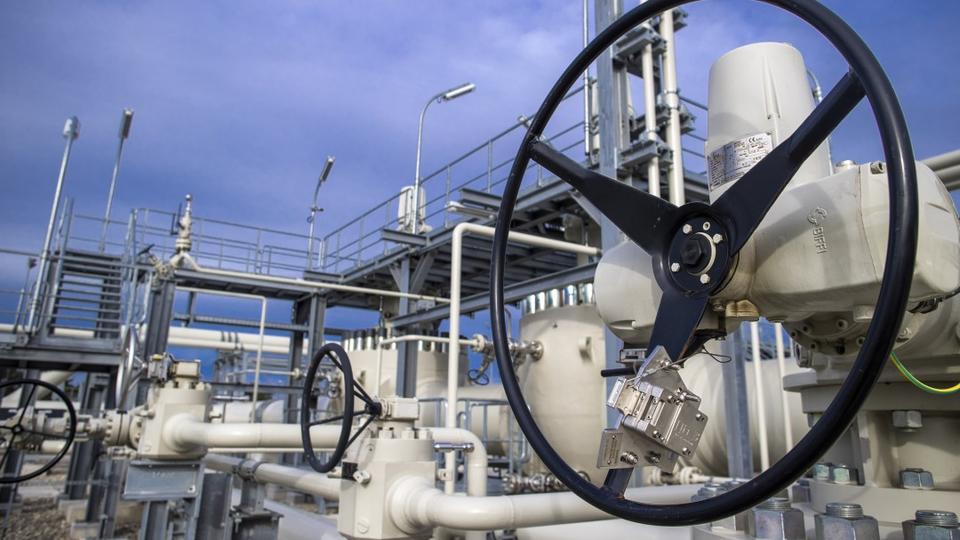
Keep On Trucking
Want To Drive Green(er)? Upgrade Your Truck
By Gabriel Collins
Want To Drive Green(er)? Upgrade Your Truck
If you’re driven to go green but aren’t quite ready to drive electric, consider kicking a familiar set of tires.
Although it’s counterintuitive, there may be reason to revisit an iconic, gas-guzzling American favorite: The Ford F-150 pickup. Pickups and other such vehicles aren’t as thirsty as they used to be. And, according to a Rice researcher, improving their fuel efficiency might do more to reduce overall gasoline consumption than improving the mileage of fuel-miserly electric and hybrid vehicles.
That’s the argument of a recent paper by Baker Botts fellow Gabriel Collins at the Center for Energy Studies at Rice University’s Baker Institute for Public Policy. Boosting a single F-150’s fuel efficiency by five miles per gallon, Collins writes, saves the same volume of gasoline as improving a half dozen Toyota Priuses’ efficiency by six miles per gallon.
Because the Prius is designed as a fuel-efficient vehicle, Collins says, any improvements in its mileage going forward are going to be smaller percentagewise. From 2007 to 2017, for example, the F-150’s fuel efficiency rose from 14 mpg to 19 mpg, an increase of more than a third. During that same time period, the Prius’ gas mileage improved only about 13 percent, from 46 to 52 mpg.
To reach his results, Collins converted miles per gallon to gallons consumed per 100 miles. It’s a less familiar metric, but it’s more useful for comparing fuel consumption. (If you want to do the math, here’s how it works: The 2007 F-150’s 14 mpg equals 7.1 gallons per 100 miles – 100 divided by 14. The 2017 F-150’s 19 mpg equals 5.3 gallons per 100 miles – 100 divided by 19.)
Collins’ conclusion: The newer F-150 uses 1.8 gallons less for a 100-mile trip – about the distance from Houston to Galveston and back. Based on the same calculations, the Prius’ fuel consumption for a day at the beach fell by only three-tenths of a gallon. That’s a puny one sixth of the F-150’s improvement.
In real-life driving conditions, of course, vehicles don’t always manage the mileage they do in controlled EPA tests. But technological advances are consistently making fuel efficiency better.
There’s another reason that boosts in larger-vehicle fuel mileage could have a greater effect on overall fuel use: Americans still buy a lot more trucks and SUVs than gasoline-electric hybrids such as the Prius or fully electric vehicles such as the Tesla. According to autoblog.com, the Ford F-150 is the top-selling vehicle not just in Texas and 15 other states, but nationwide.
While automakers have sold about 600,000 electric vehicles in the U.S. in the past five years, Ford can produce and sell a staggering 1 million F-150s in 18 months.
Drivers in the market for new pickups typically are replacing older ones. In other words, most drivers who are looking for fuel-efficient vehicles already have them. That leaves old-school trucks and SUVs with powerful, fossil fuel engines as “the low-hanging fruit for any policymaker seeking the most efficient path to reducing gasoline use and the related emissions,” Collins says.
Pushing traditional gas-guzzlers like trucks may be a non-starter for policymakers who prioritize environmental and climate change. But Collins argues that better fuel efficiency in these wildly popular vehicles would create long-term fuel supply and emissions benefits.
Government incentives could enhance the effect, he writes. What if manufacturers of the big vehicles got a tax credit of $100 per truck for each one-tenth gallon drop in fuel consumed per hundred miles, compared to comparable vehicles from 10 years earlier? (Note to car buffs: The credit would apply to vehicles with engine displacement higher than 3.0 liters.)
This hypothetical credit would apply to the first one million high-displacement vehicles a manufacturer produced each year. Under these circumstances, an automaker who improved a model’s gas mileage to 20 mpg from 16 mpg and sold a million vehicles could save $1.3 billion in taxes.
That’s a pretty good incentive to steer hard toward better gas mileage. Collins’ paper doesn’t explore how the government might make up the lost tax revenue, but based on federal and other data on car sales and miles driven, he argues, the tax credit could encourage breakthroughs in fuel efficiency that would lower daily U.S. gasoline demand by almost 10.5 million gallons in five years. That would cut emissions of the greenhouse gas carbon dioxide by 34 million tons per year.
And if cleaner air and arresting global warming aren’t enough? Manufacturers would get the tax credit, Collins writes, but they could pass part of their savings along to customers. So whether you care more about looming climate change or having a classic set of wheels on which to hitch your trailer, you’d still get a sweet deal on America’s favorite ride.
Gabriel Collins is the Baker Botts fellow in energy and environmental regulatory affairs at the Center for Energy Studies at Rice University’s Baker Institute for Public Policy.
Never Miss A Story


